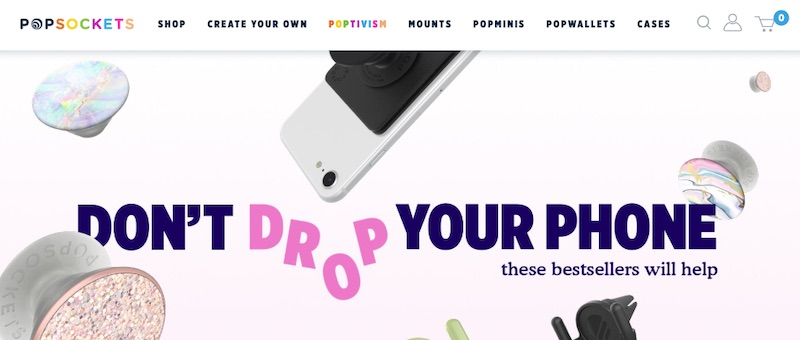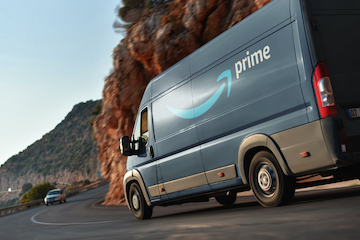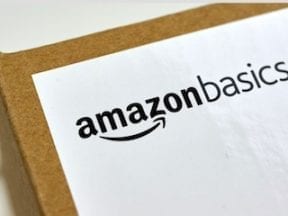
PopSockets stopped selling on Amazon after a dispute. Due to strong brand recognition and sales diversity, PopSockets has continued to prosper.
PopSockets sells phone grips and stands. The product is successful. It has excellent brand recognition, especially among younger consumers.
For years, PopSockets was a vendor to Amazon. It also had authorized sellers on Amazon’s marketplace. PopSocket’s warranty was valid through Amazon, authorized sellers, and on its website.
Then PopSockets opted not to be a direct vendor to Amazon. Instead, it chose one major reseller to represent it on the marketplace. The change would ensure warranty enforcement and brand control.
But, Amazon would not allow it. So, PopSockets walked away from selling on Amazon entirely. This is a new trend. I’ve seen it with brands I work with.
PopSockets built a brand that consumers recognize and seek out. This brand recognition protected it from Amazon’s strong-arm tactics. The company enjoyed a broad web presence and was not beholden to one channel. This is key to any brand.
Amazon is a powerful tool for building sales and customers. However, independent brands and merchants should use multiple marketplaces and sales channels. This includes, especially, your own website, which secures brand longevity in an ever-changing ecommerce atmosphere.
A brand consists of attributes that characterize a product. Branding provides protection for your business. Products can be copied. But, branding sets a product apart from competitors.
Well-executed branding connects with consumers. And diversifying selling channels provides stability.
What follows are three steps to ensure longterm brand stability while also selling on Amazon’s marketplace.
Brand Stability
Many brands hesitate to sell on Amazon. They are concerned that Amazon is a competitor, not an ally. They fear they will feed Amazon’s growth instead of their own.
In some ways, these concerns are valid. However, you can use Amazon to build your brand. Proper merchandising can turn Amazon buyers into loyal customers.
Product mix. Strategically structure your product assortment on Amazon’s marketplace. Don’t automatically list your entire catalog. Your goal, ultimately, is to lead Amazon buyers to your site.
Here is a tried-and-true method. I’ve used this strategy in many categories.
I used to own a company that manufactured shaving supplies. We sold products on Amazon’s marketplace. We only offered starter sets, however. One set was a handle with cartridges. The other was a handle, cartridges, and shaving cream. All were sets. We didn’t offer individual replacement items on Amazon.
Inevitably, customers would run out of cartridges. They didn’t need another handle. And they didn’t want to buy more shaving cream. What would they do? Contact us through Amazon.
To be sure, directing traffic off of Amazon is a violation of its terms and conditions. Instead, we stated:
Hello, [customer name]. Thank you for contacting us. We apologize for this inconvenience. At this time, we do not sell those items individually on Amazon. Thank you, and we will be certain to let you know if we do.
This response could disappoint customers. But, consider that customers want to make a repeat purchase. Our products had branded packaging with our 800-number and URL. Over 70 percent of the time, customers would find the site or call the number. They would complain that the items weren’t available on Amazon. But they would still order from us directly.
Packaging and inserts. Amazon doesn’t expect sellers to change their packaging. Sellers do not have to remove references to their website, telephone number, or other brand info. Thus packaging is crucial for converting customers.
Inserts are the most important. Amazon doesn’t allow an insert that directs the customer to your website. It is also a violation to offer a coupon for your site. But, you can offer instructions, videos, and product enhancements. You can’t make them requirements to use the product, but you can offer suggestions. The challenge is designing a useful insert. The customer needs to notice it and take the desired action.
I recently purchased a product with a clever insert. In large, bold letters, it read “IMPORTANT INFORMATION ABOUT YOUR PRODUCT.”
The insert explained that the product was incompatible with some applications. It provided a URL to test whether it would impact your situation. I went to the web page. There, the company offered more product information that created a sense of urgency. The page contained an online registration form for the product. Since I was on the site, I opted to register. Now, I’m a customer of that company.
Provide a quality product and experience. Make sure your product receives good ratings. Consumers don’t want to buy second-rate items.
Utilize every tool on Amazon’s marketplace to highlight your brand. Lifestyle photos and brand persona should be consistent across all products. Optimize product pages, enhanced brand content, and your brand store. Good content helps consumers connect with your brand. And they aren’t naive. Consumers know how to use the internet. They will find your site if they like your brand.






